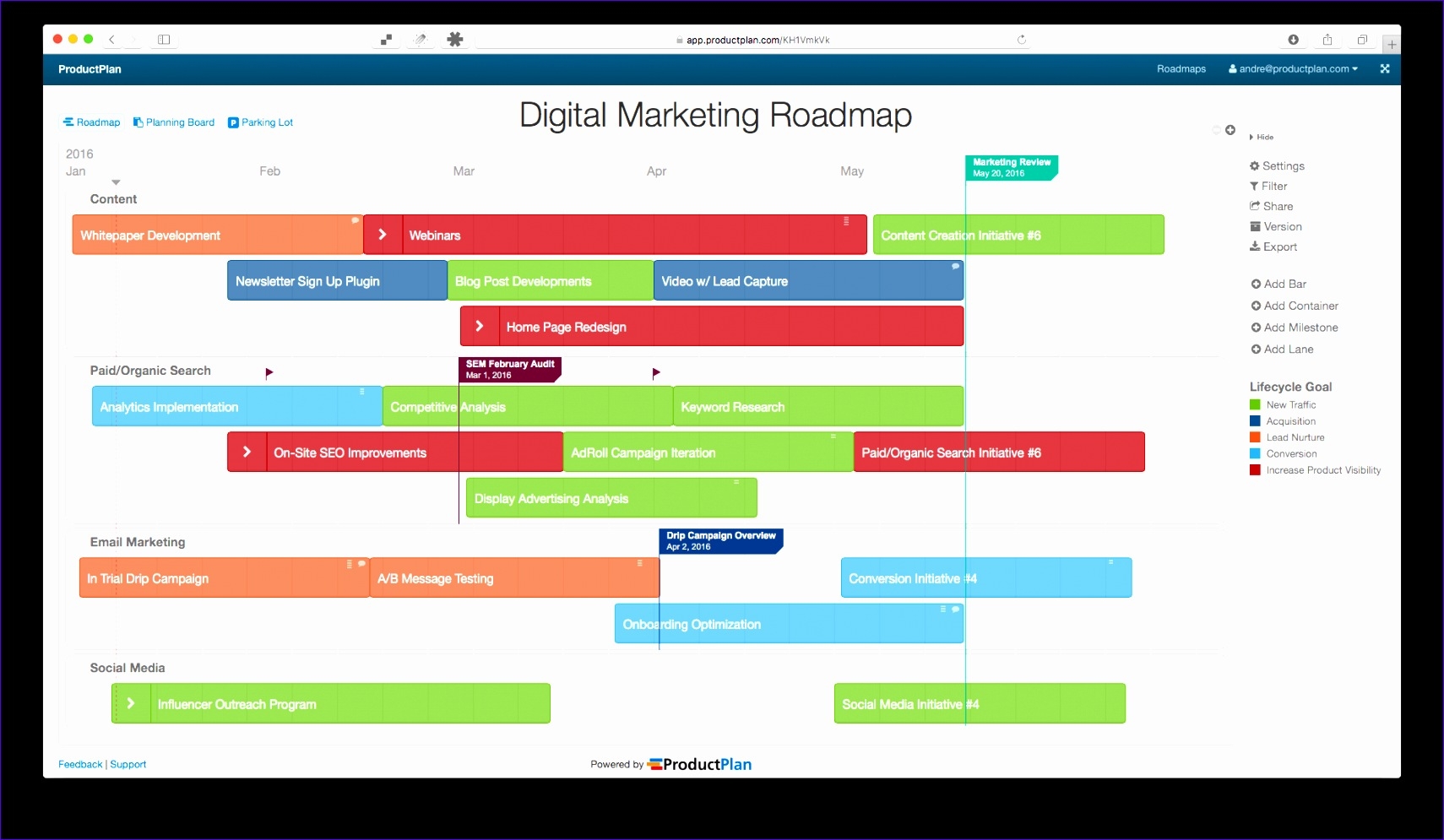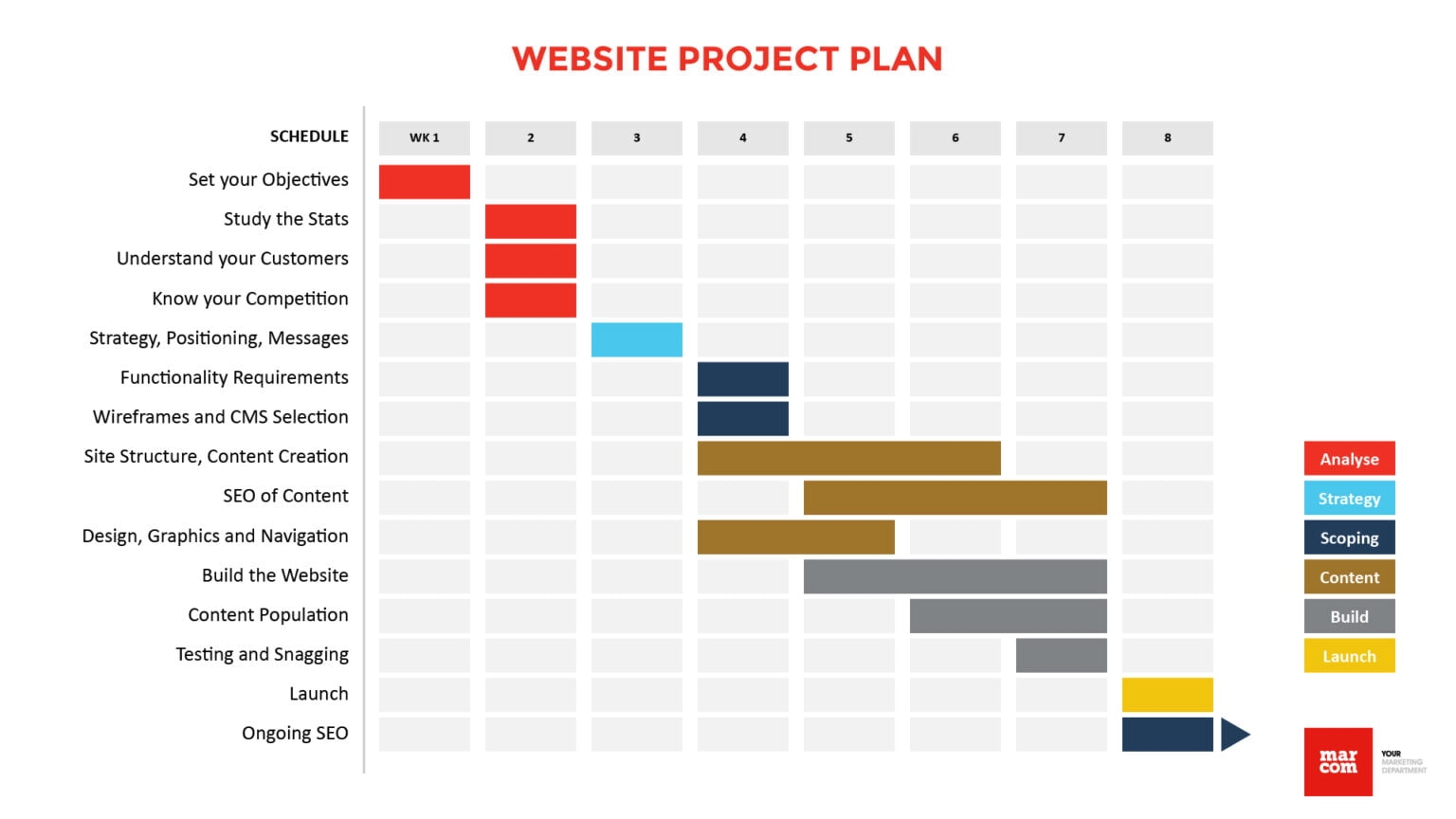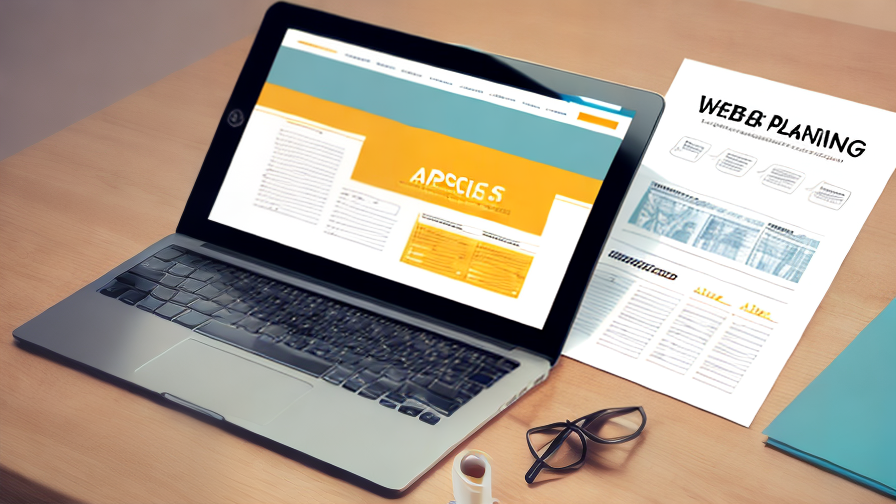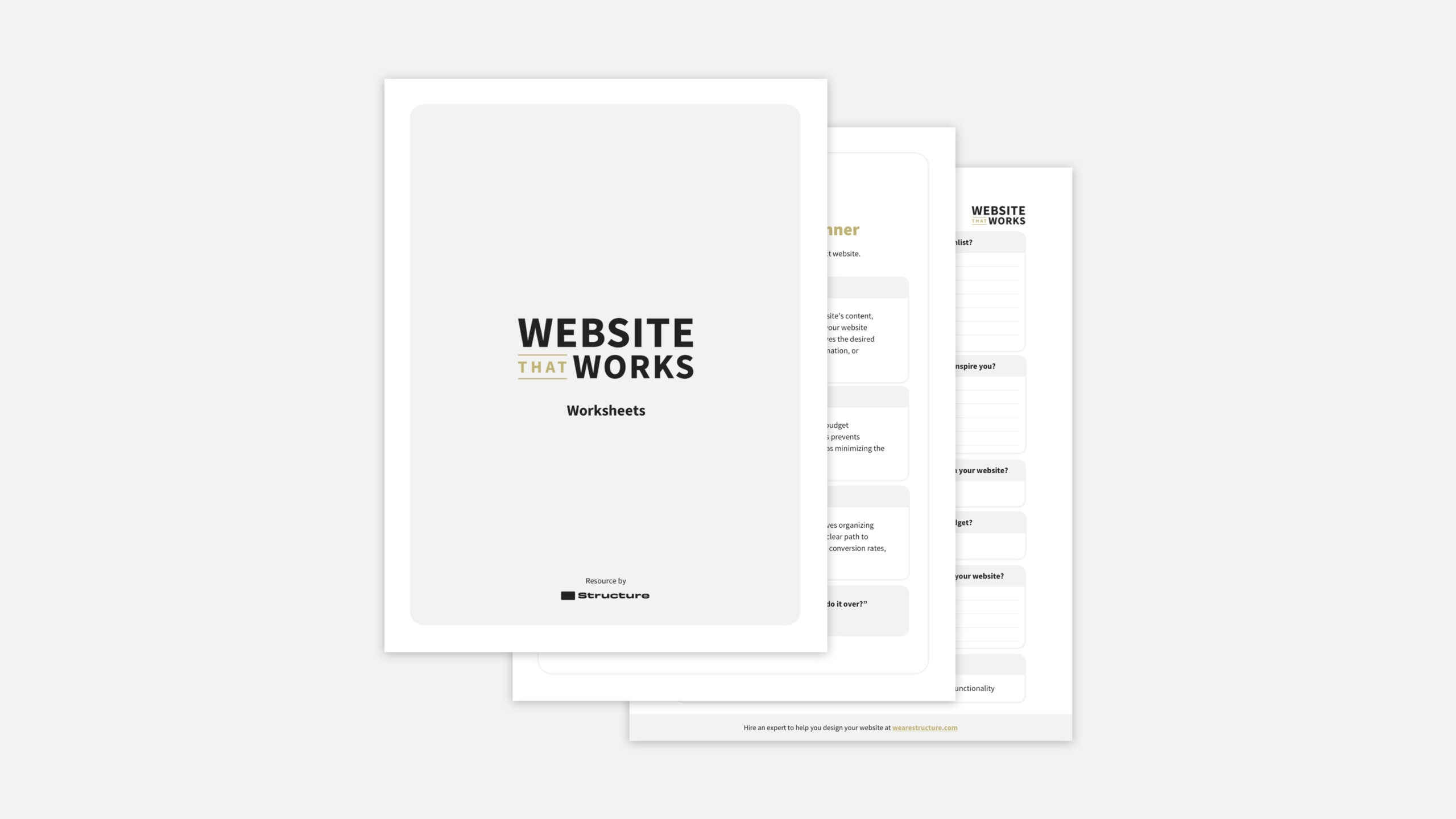Website Planning Template
When it comes to creating a website, proper planning is essential to ensure its success. Having a well-structured plan in place can help you stay organized, set clear goals, and ultimately create a website that meets your needs and the needs of your audience.
A website planning template can serve as a helpful guide throughout the design and development process. It can help you outline your objectives, identify your target audience, and map out the layout and content of your site.
Key Components of a Website Planning Template
1. Define Your Goals: Start by clearly defining the purpose of your website. What do you hope to achieve with it? Are you looking to promote a product or service, share information, or build an online community? Identifying your goals will help guide the rest of your planning process.
2. Know Your Audience: Understanding your target audience is crucial for creating a website that resonates with them. Consider their demographics, interests, and needs when planning the structure and content of your site.
3. Create a Site Map: A site map is a visual representation of the pages and content on your website. It helps you organize your information and create a logical navigation system for users to follow. A well-designed site map can improve user experience and make it easier for visitors to find what they’re looking for.
4. Content Strategy: Develop a content strategy that outlines the type of content you will include on your website. This could include text, images, videos, and other multimedia elements. Consider how you will create, organize, and maintain your content to keep your site fresh and engaging.
5. Design and Development: Once you have a solid plan in place, you can begin the design and development phase of your website. Use your planning template as a roadmap to guide your decisions and ensure that your site aligns with your goals and objectives.
In conclusion, a website planning template is a valuable tool for anyone looking to create a successful website. By following a structured plan and considering key components such as goals, audience, site map, content strategy, and design, you can create a website that meets your objectives and resonates with your target audience.




